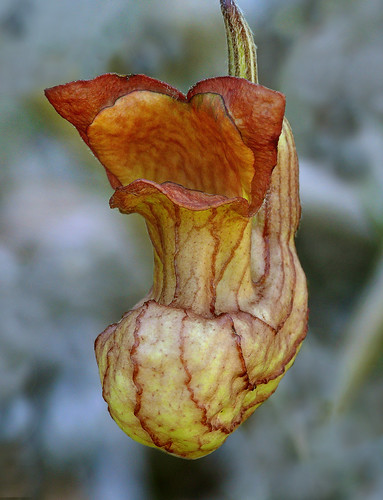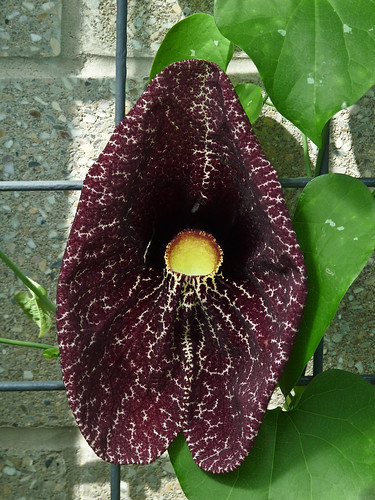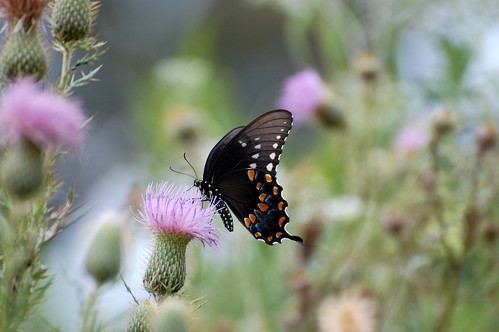TheGardenLady received this question from Diane on the post “How to Grow Ductchman’s Pipe“.
Do the seeds need any treatment before planting? Should I plant them immediately after collecting or wait until early Spring? I have about 10 fruits of a Californica and hope to propagate many plants from these.
Aristolochia or Dutchman’s pipe is a genus of 300 species. Not knowing which you have, the general instructions for propagation are these:
You should harvest the seedpods AFTER they have dried on the vine. One tip is to soak the seed for 48 hours. A suggestion for the best way to fulfill this requirement is by ” filling a thermos with hot-to-the-touch tap water and dropping the seeds into it. Seal the thermos and allow the seeds to soak for 48 hours.”
You can sow the seeds indoors in seed flats and transplant outdoors. Or you can use any type of container so long as there are holes to allow the water to drain. To prevent seeds from getting a fungus pathogen from soil, use a soilless potting mixture that you can get on line or in box stores or gardening centers. When you fill the container with the soilless mixture, moisten the soil completely. Let the soil sit till it is barely moist.
The seed needs light to germinate. So put the seed on the top of the soil and press it slightly so the seed makes contact with the soil-less mixture you are using. To prevent the seeds from drying out, cover the container with plastic wrap or put the entire container in a seal-able plastic bag. You have just created a miniature greenhouse. But check your seeds daily to see if there is moisture which you can see collecting on the plastic. If not, lightly mist the seeds and recover the container with the plastic- do not soak them. Place the container in a bright area but not in direct sunlight.
The seeds also need warmth to germinate. So if you have a heating mat, put the container on that and keep the temperature at 70F. in the bright light area without direct sun.
The seeds take 1 to 3 months to germinate and not all the seeds will germinate at the same time, so be patient. When the seedlings have their second set of leaves, start lowering the heat temp. over the next 7 days while also uncovering the seeds a little more each day to acclimate the seeds to the dryer conditions outside their cover.
Read this article.
You can also grow a Dutchman’s pipe vine from a stem cutting. Take the stem cutting in the spring when terminal growth is new and root the
cutting in a glass of water. Change the water daily to prevent bacterial build-up and transplant the stem to soil when the stem cutting has a thick clump of roots.If you are transplanting the rooted stem cutting outdoors, be sure the soil has warmed to at least 55F (13 C). You may try growing a Dutchman’s pipe vine in a pot for a year or two. Choose a large pot and place it in sheltered location.
Read more at Gardening Know How: Dutchman’s Pipe Info: Learn About Growing And Caring For Pipe Vines
Good luck. Let TheGardenLady know how successful you have been in growing your Dutchman’s pipe vine and if you learned any other tips to
share with TheGardenLady readers.



